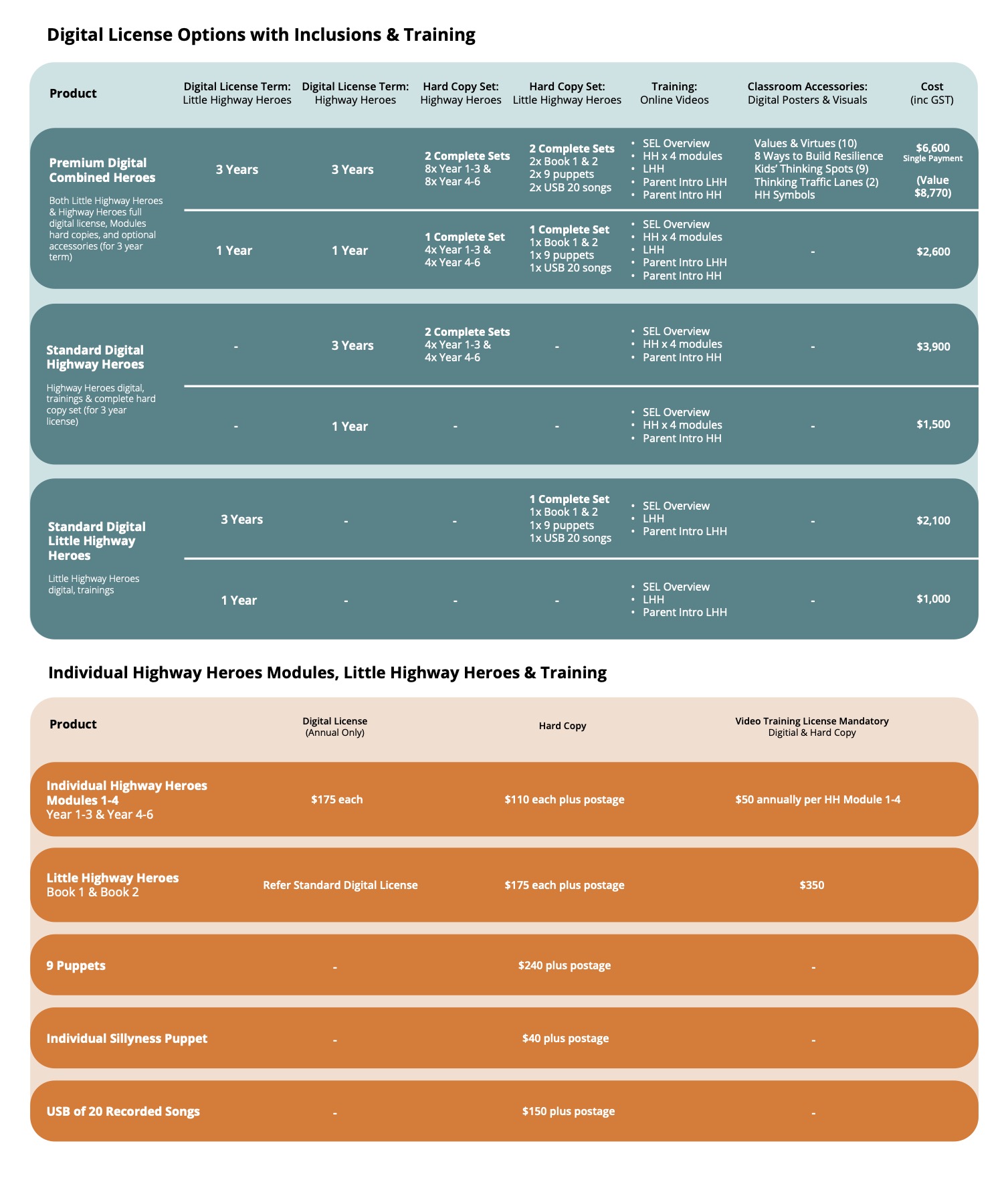A mum sits, holding her baby while the little one feeds. The baby uses the opportunity to twist and seek eye contact, a cheeky smile at the ready. The mum expertly arranges the baby so that her hands are free and she uses the time to flick through her messages, check her Instagram feed and read the latest recipe. Despite the baby’s best efforts, the mum remains oblivious to the active seeking of eye contact and interaction.
The critical period in brain development
Little brains are, quite simply, amazing things. In the first 3 years of your child’s life, the majority of the brain’s architecture is laid – it is often referred to as the critical period. And it is critical – what happens to and around your child in their first 3 years lays the foundation on which all later brain function is built.
Serve and return interactions
So, what is it that helps human brains to grow? Simply – human brains require interactions to start the incredible process of laying down the pathways that bazillions of impulses will fly along over the lifetime of that brain. Even newborn babies actively seek out eye contact. Their little eyes will scan shapes and colours and settle, always, on the eyes of another. It is a basic and fundamental need – the need to connect.
Connections that stimulate the brain’s growth are called serve and return interactions. Your baby seeks out eye contact and you coo and smile in return. So simple but so beautiful when you know what that interaction is doing to actively stimulate the brain. Yes, it’s the beginning of your child’s journey with reading, with learning how to wait, with learning about relationships. That simple interaction is laying the very foundation for their social, emotional and cognitive achievement over their lifetime. Read that again – it’s very, very important to absorb the full impact of that information.
Early interruptions to brain development – parent driven
Extended and poorly timed screen time can impact your child’s brain development. Yes, even if your child is not accessing that screen themselves, your interaction with the screen is changing what’s happening to your child’s brain development. Babies and toddlers need eye contact and physical contact for their brains to grow. Reading, playing and talking, directing eye gaze at objects on a page and on the other side of the field are all essential ingredients to preparing that little brain for the rigours of reading and writing, or paying attention and focussing.
It takes a saint not to interact with a screen when messages are coming in, photographs are being liked and shared and text messages are demanding of immediate attention – and no one is expecting sainthood. But parenthood – especially in those critical years, means being very, VERY regimented with when and how you access your screen.
It’s simply not good enough being half there, ‘mmmhhmming’ a child’s verbal interactions whilst flicking through messages. That is not fulfilling serve and return and that means your child is not getting the essential ingredients to growing their brain. Have you ever had a conversation with someone who is distracted by their phone? You know that you only have a fraction of their attention – and it’s frustrating! As an adult (hopefully) you have the self-control not to demand their attention in ways that definitely get attention – like biting your sibling, climbing onto the kitchen bench or pushing all the buttons on the remote control before giving it a good old chew. Well, your child definitely doesn’t have that self-control yet and you will know that they need your full attention one way or another.
Use these tips to manage your on-screen time
#1 Map out times in your day that are for you. While your little one sleeps or is playing independently. These are great times to enjoy interacting with your online family and friends. Be strict with yourself. Remember the stakes – you’ve got 3 years to lay the foundation for the very many years that will follow in the life of your child.
#2 Give your child your full attention in those times that you know are vital. They don’t need spelling out – you know what times they are. Remove the temptation of casually checking your phone by having a place that you leave it that’s not anywhere near your hand.
#3 Be explicit about how you’re managing your on-screen and off-screen time because very soon your child is going to have to learn the skills to manage their own. Saying out loud, “I’m putting my phone up on the ledge for a while so we can play / because it’s dinner…” is helping your child to understand how you regulate yourself.
More information
We live in a digital age and knowing how to parent in this time of great change can be difficult. Knowing the facts helps. Taking a good look at how you manage your own on-screen and off-screen life helps. This article is one of a growing BEST series of Good Digital Parenting resources – and a host of others in our ‘Blog’ that cover every aspect of childhood social, emotional and learning wellbeing. We invite you to read, download and share in your parenting communities. Print these resources off and take them to your child care, your school, your workplace. Never has it been more important to be fully informed about managing our own and our children’s off-line and on-line lives. For a library of great resources, we also encourage parents to head over to the website of the Office of the Children’s e-Safety Commissioner www.esafety.gov.au.


